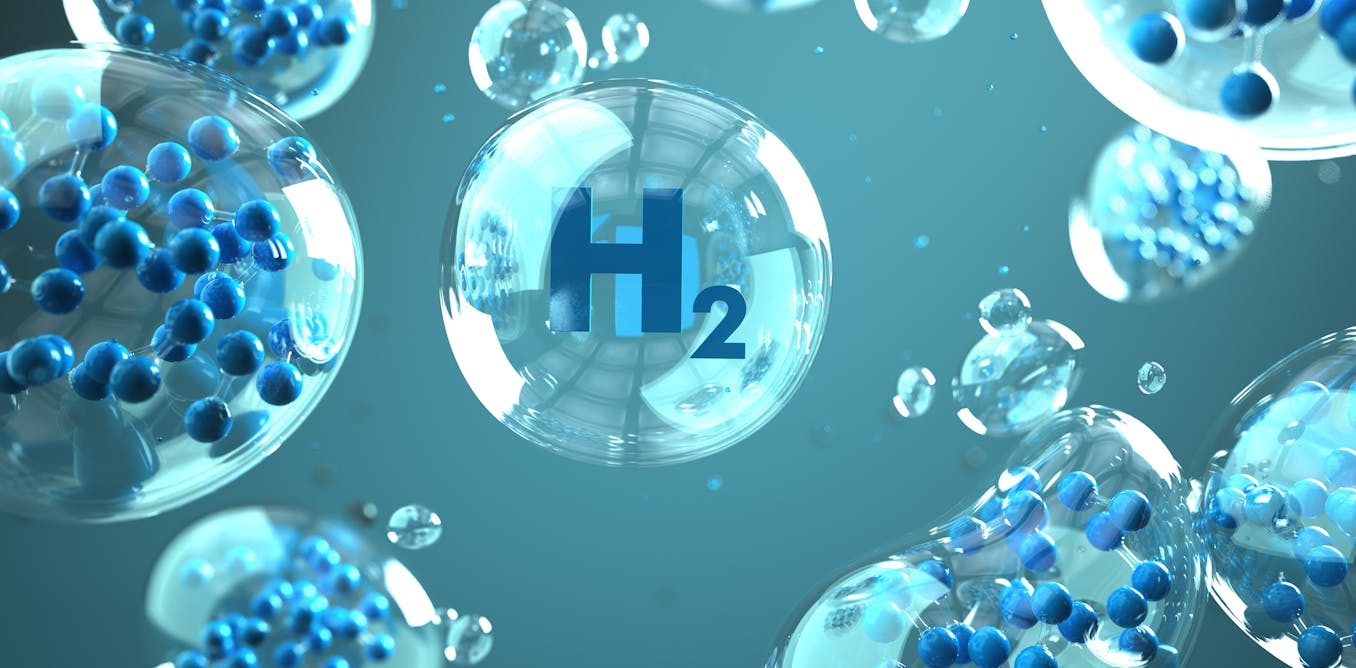Kawasaki Breaks Ground on World’s First Centrifugal Hydrogen Compressor for Liquefaction Plants
Kawasaki Heavy Industries, Ltd. has begun construction of a groundbreaking demonstration facility for the KM

Hydrogen is a colourless gas. However, hydrogen is given different colour labels which reflect different methods of production and their impact on the environment. Grey, blue and green hydrogen are the most common colour labels you may find in practice. However, the hydrogen economy is a complicated business so there are more colours in the spectrum. As such we have black, brown, pink, yellow and Turquoise in use to reflect the complex need for categorization.
Hydrogen due to its high reactivity is rare in nature but the presence of molecular hydrogen is reported in many deep underground deposits. In such rare cases, hydrogen, which is naturally available in molecular form is called White Hydrogen. However, the availability of white hydrogen is limited and commercial exploration or extraction has not been reported.

Steam Reforming or Coal Gasification are the traditional options available for hydrogen production. Hydrogen produced using Steam Methane Reforming - SMR (also possible with fossil fuels such as diesel, propane, ethanol, methanol, gasoline ...etc) is called Grey hydrogen. Grey hydrogen has captured the biggest market share of the industry. More than 75% of Hydrogen produced in the industry comes through SMR. Hydrogen produced using bituminous and lignite coal gasification is labelled black and brown respectively. Both Reforming and gasification are contributing heavily to global warming with approximately 800 million metric tons of CO2 each year.

Grey hydrogen is the choice of the modern-day for the production of molecular hydrogen and occupies 75 % of the market share. However, its impact on carbon emission questions its sustainability. Blue hydrogen is one of the efforts to reduce the environmental impact of Grey hydrogen. Hydrogen is called blue when the carbon generated during steam reforming or coal gasification is captured and stored underground through industrial carbon capture and storage. Although Blue hydrogen is seen as a promising alternative its true sustainability is under the microscope of green energy analysts.

All these 3 types of hydrogen are produced using electrolyzers. However, the electrical source will define the category of hydrogen.
Pink: If the power source is 100% nuclear, the hydrogen produced from the electrolyzers is considered Pink Hydrogen. Supporters of pink hydrogen highlight nuclear’s ability to produce uninterrupted power at maximum capacity can ensure the future demand for hydrogen.
Yellow: If the power source is an energy mix where the grid is powered by fossil fuel, nuclear and renewable; hydrogen produced from the electrolyzer is considered Yellow Hydrogen.
Pink: If the power source is 100% nuclear, the hydrogen produced from the electrolyzers is considered Pink Hydrogen. Supporters of pink hydrogen highlights nuclear’s ability to produce uninterrupted power at maximum capacity can ensure the future demand of hydrogen.
Yellow: If the power source is an energy mix where the grid is powered by fossil fuel, nuclear and renewable; hydrogen produced from the electrolyzer is considered Yellow Hydrogen.
Green Hydrogen If the power source is 100% renewable energy then the electrolyzer produces green hydrogen. This is presently at the centre of the attention of the green energy world. A lot of countries and organizations such as the European Union have paid special stake in hydrogen produced by renewable electricity through electrolyzers. Presently the cost of production, especially due to expensive electrolyzers, is the bottleneck faced by investors and funding organizations. However, a lot of investments and research are being done to reduce the cost of green hydrogen and there are promises to reach the cost up to attractive figures such as 1 $/kg in future.
